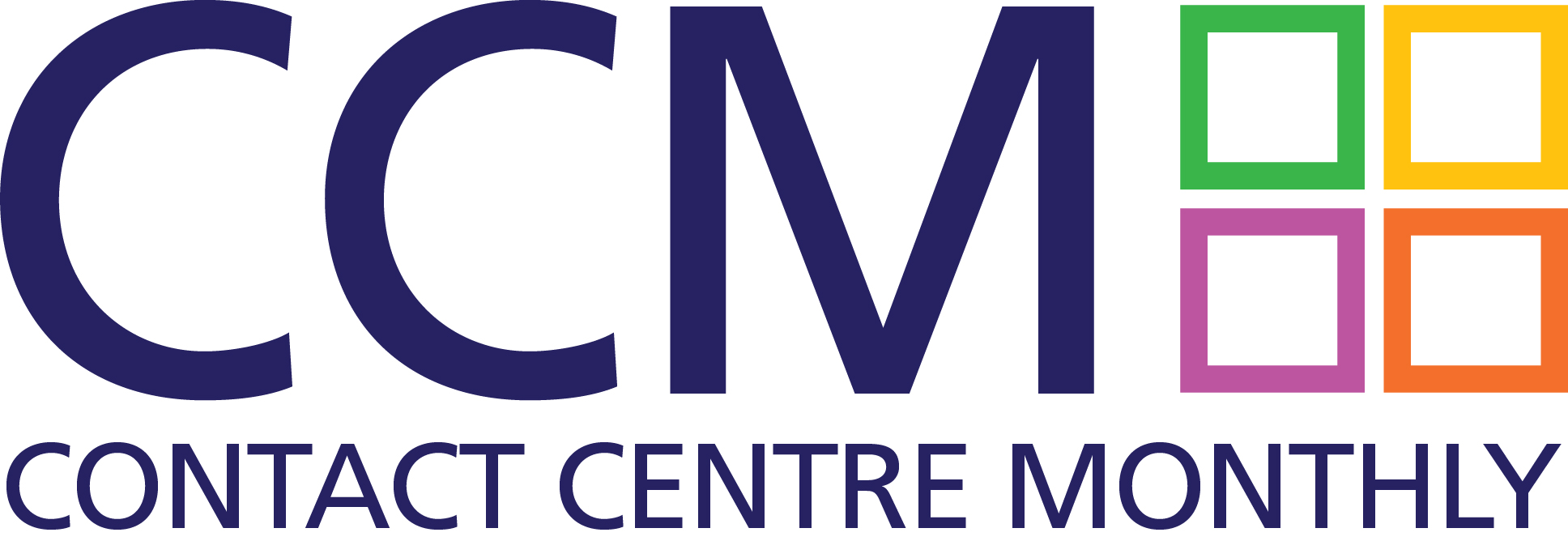Written by Chris De Souza, Director Business Consulting, CGI in the UK
Chris is the Director of Business Consulting responsible for leading CGI’s Contact Centre Advisory team in the UK. He advises both government and commercial clients on their customer service and contact centre strategies, operations and transformation plans.
Every business has to balance its cost to serve against customer satisfaction. This often means reducing the number of agent handled interactions using automation or self-service – many term this “call deflection”.
Unfortunately, most deflection strategies do not take into consideration the journey that the customer has already taken. We see examples where the customer has already been deflected multiple times, which causes frustration and damages the reputation of the business.
When a business sets out with a focus on deflection as their main priority, they overlook that these contacts are just the tip of the iceberg. What you see coming into your contact centre is usually a symptom of issues in other areas of your organisation. Key challenges happening within customer journeys and internal processes are causing the demand. Not paying attention to this leads to poorly implemented digital deflection strategies and unsatisfied customers. One of the top reasons people hate chatbots has got to be the way companies implement them to block customers from reaching their contact centre staff. Some contact centres measure “deflection rates”, and the higher the better!

Rather than just trying to deflect customers away from contacting you, the aim needs to be to improve the whole journey. By doing this you will see contact volumes drop. Your approach should be to reduce the calls by tackling the reasons that your customers are calling in the first place. In addition to this, you need to be ensuring that if a customer does need to contact, this is resolved quickly and first time, creating a frictionless contact handling strategy along with efficient processes. This will help you delight your customers and achieve a significant reduction in contacts to your agents. That’s not to say you cannot use tools like chatbots, but you should be building these to provide outcome-based interactions that aim to resolve the issue and help customers achieve their goals. Instead of measuring deflection, make sure the measure is “containment”. This changes the focus from “did the customer give up?” to “did I resolve it to their satisfaction?”. In other words, focus on prevention and resolution (perfection) and not deflection

We help clients to look beyond the symptoms you are seeing in your contact centre, to identify the root causes that are causing customers to contact you. We will review your data to understand why customers are contacting and identify areas that can be improved across your business to prevent these contacts in the future. Once identified we will share a plan with you on what fixes we think will have the biggest return on investment, deliver these changes for you and then measure the impact that the changes have had.
No matter what impact you have had in terms of preventing contact, there will always come a time when a customer needs to speak to you and when they do, delivering first contact resolution is key. We will focus not just on prevention but also measure and analyse your first contact resolution to understand any gaps in your processes or agents’ knowledge that is causing repeat contacts. We will empower your staff through training and coaching to develop a right first time mindset.
Bringing this to life
We work with many clients in local government. One of the councils we have engaged with was receiving over 11,000 calls a year around missed bin collections.
The problem – Due to a citizen’s work shift pattern, she has had to contact the council five times in the past 12 months after having missed her allocated bin collection days.
The solution – By analysing call data, we can help you gain a thorough understanding of why citizens are contacting and design impactful solutions that deliver effective results. In this scenario, we would suggest fitting all refuse collection vehicles with tracking devices. This data can feed into a portal providing citizens with real-time data as to when their bins will be emptied. Citizens would also be empowered to sign up to text message alerts that notify them when their collections were due, and updates such as approximately how far away their refuse team is from their home.
The result – This solution would reduce missed bin collections by 55%, thereby eliminating calls to the council by 80% and equating to a saving of circa £44,000 per annum, the equivalent a new social worker’s salary.
The benefits
The contact reduction challenge is a complex problem to try to solve. You need to look at a range of areas including people, processes and technology. We work with clients, spending time on site conducting meetings with key stakeholders, reviewing and mapping customer journeys and conducting data analysis to help us collaborate with them to formulate a plan of action in terms of preventing contact.
Through not simply focusing on deflection, but looking at prevention and resolution, you will see:
- A reduction in contacts and cost to serve
- An improvement in your customer satisfaction
- Higher first contact resolution
- A more engaged staff who are trusted and empowered
- Streamlined processes, removing obstacles and barriers to resolutions for your customers
- AI and automation improving customer journeys.
Want to learn more?
For further information please contact:




